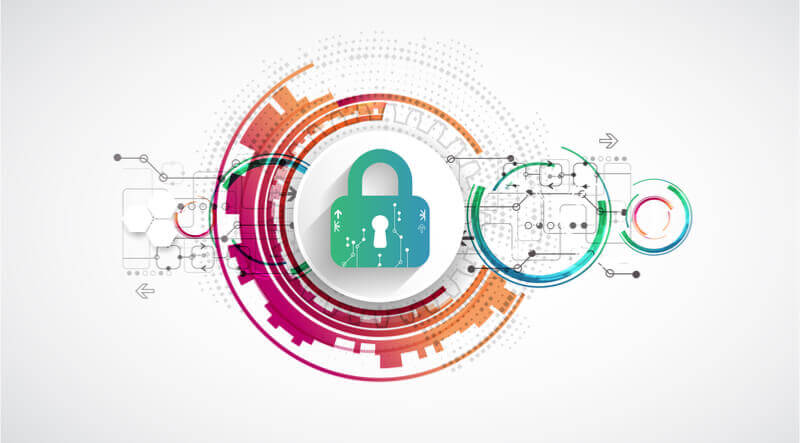With the rise of new forms of technology, things are now moving faster than ever before. This is a huge benefit in certain respects, as it allows for far more efficient systems, along with better products and outcomes. But there’s also a major Achilles’ heel to this. This rapid progression of technology also creates more gaps in security. The ever-growing list of major data breaches on large enterprises is probably the best evidence for this fact.

In order to stay on top of threats, organizations need to employ strategies and software to mitigate as much risk as possible. These are four benefits of employing vulnerability management services for IT systems.
Identify Threats Proactively
Vulnerability management is typically broken down into four unique phases: discovery, reporting, prioritization, and response. Through this cycle, vulnerability management software and IT specialists can eliminate potential threats before they’re exposed by hackers.
The discovery stage is likely the most novel and important in this whole process. There’s an unimaginable amount of data and code involved in IT. Knowing what’s going on with all of it would be an impossible task for a team working without specialized tools. Vulnerability management services are like a secret weapon for IT teams. Having a secure cloud network behind your enterprise makes all things run more smoothly, while reducing the risk of intrusion before it even happens.
Meet Various Regulatory Hurdles
Not every industry and business are the same. Due to this, every organization has to meet different regulatory hurdles. This impetus is going to be significantly higher for an enterprise that handles patient health information than one that deals only with financials.
Fortunately, the vulnerability management world is aware of these various needs and is capable of adapting to what’s required from different types of organizations. When choosing a provider for vulnerability management services, it’s wise to delve into whether or not it will keep you in compliance with these essential regulatory measures, while also providing top-end security. At the end of the day, data security is paramount to the people served by a business or institution. But this doesn’t mean other consumer rights should be sacrificed or looked over in order to reach that security.
Cutting-Edge Tech Requires Cutting-Edge Protection
As already mentioned, the sheer volume of major data breaches that have already happened at major enterprises is evidence enough to show the importance of vulnerability management. The problem with the way things have been done in the past is that weaknesses aren’t taken seriously, or often even identified, until there’s problem. This isn’t an acceptable path forward for organizations that want the trust of consumers.
The technology and services of today are remarkable in the ways they can improve people’s lives. But this can be all for naught if the result is exposure of sensitive data. Protect your organization and your customers by utilizing vulnerability management.
IT Protection Can Be Continuous
The continuous nature of vulnerability management is one further benefit that sets vulnerability management apart as a precautionary practice. Threats can materialize at any time, from anywhere. Running periodic checks is worthwhile, but it isn’t absolutely comprehensive.
Vulnerability management is unique because it never stops working. Ubiquitous monitoring and evaluation need to be the new normal for enterprises that want to keep their critical information safe from hackers.
The idea of a service like vulnerability management might have seemed futuristic and far-fetched not long ago. But that time has passed. The reality is today’s world requires a new breed of IT security. This is what vulnerability management brings to the table.
Contributed content
This is an article provided by our partners network. It does not reflect the views or opinions of our editorial team and management.

IntelligentHQ Your New Business Network.
IntelligentHQ is a Business network and an expert source for finance, capital markets and intelligence for thousands of global business professionals, startups, and companies.
We exist at the point of intersection between technology, social media, finance and innovation.
IntelligentHQ leverages innovation and scale of social digital technology, analytics, news and distribution to create an unparalleled, full digital medium and social business network spectrum.
IntelligentHQ is working hard, to become a trusted, and indispensable source of business news and analytics, within financial services and its associated supply chains and ecosystems.






























